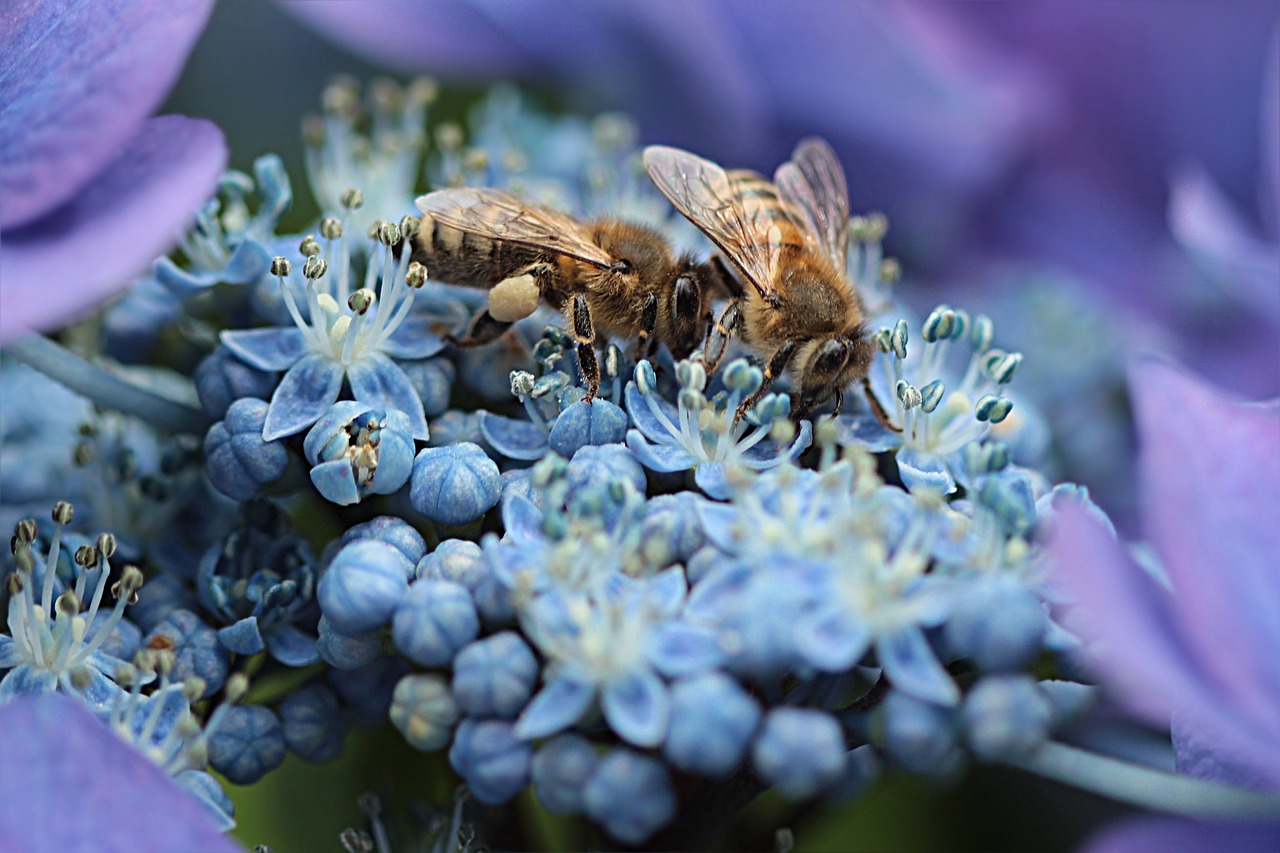Since the 1990s, the disappearance and the decline of the global honey bee population has been a crucial concern for beekeepers, environmentalists, scientists, and the food industry. In the United States alone, beekeepers lost 33% of their colonies in the year ending April 2017.
An extinction of honey bees would be catastrophic, destabilizing important ecosystems and threatening global food security for humans and wildlife. A combination of climate change, diseases like varroa destructor which kill entire hives, and pesticides have led to large scale colony collapses.
According to a Global Research report, national Honeybee populations have decreased by 30% in the last half decade. The rate of bee depopulation is growing each year and the estimated monetary loss is a colossal $30 billion a year.
A recent USDA aid program to farmers won’t be sufficient to address the issue. However, privately-funded, technological innovations might be able to lend a helping hand to help solve this staggering epidemic.
Here are some tech firms and solutions that could help save honey bee populations:
Hive Rentals and Hive Monitoring
Beekeepers can monitor their hives better with tech innovations from BeeSmart Technologies. The technology allows them to remotely monitor their hives.
The device monitors metrics like humidity, temperature, colony activity, the sound of the bees, and it even allows one to check to see if the Queen is mating. The battery operated system only needs charging once every three months.
PlanBee, is an innovative Scotland based hive rental and monitoring service. They offers hives, honeybees, 28 visits per year and complete data analysis powered by Raspberry Pi computer.
Tumbling Dice, another UK bee-rescuing firm wants to help beekeepers through their active vision system, Rena. A Raspberry Pi computer system is used with monitoring cameras to analyze individual frames which allows beekeepers to track specific events like when bees leave the hive to scavenge for pollen.
Thermosolar Hives
Technologies to help diminish the impact of the Varroa Mite virus are underway, too. Instead of chemical solutions, hardware innovations may be capable of curing beehives. Thermosolar hives is a crowd-funded project that utilizes solar power to internally heat hives to 40c for 150 minutes. Although it doesn’t hurt the bees, it does destroy the mites that spread the virus. Ten days after the initial treatment, the process is repeated to attack mites that return or treat bees that were away during the first course.
Tiny Bee Technology
Innovations in tiny technology have also spurred benefits for honey bees. At the Commonwealth Scientific and Industrial Research Organization in Australia, tiny sensors are implanted on the backs of Honeybees, like little backpacks. Researchers can learn more about their behaviors and anxieties in their environments as they track their movement.
Little backpacks use radio-frequency technology to identify and record information as the bees pass a data logger. Bees are highly predictable, so any deviation from routine helps researchers identify stressors in the environment.
RoboBees
Developed by Harvard researchers, Robobees are tiny robots with tethered flight abilities.
RoboBees may be a beneficial short-term solution as scientists look at improving bee populations. It could take the strain off of the endangered insects and help scientists focus on fostering safer environments as populations regenerate.
Because Robobees are still in the development stage, they are expensive–$32 billion a year–to utilize the drones. In addition to becoming more affordable, the small drones need to be more energy efficient, manoeuvrable, and autonomous. GPS systems and artificial intelligences need to be improved so they are more effective in search-and-pollinate patterns.
The Future and Beyond
Technological innovations may help mitigate the rapid decline of bee populations and economic disaster it would cause. While private capital is driving these developments, a government program, the National Bee Health Strategy aims to restore honey bee health to sustainable levels by 2025.
In the meantime, get involved with the effort in honor of National Pollinator Week from June 19-25! You can buy organic and locally sourced bee products to support local beekeepers, donate to the Pollinator Partnership, plant like a pollinator, and avoid using pesticides when planting.








Leave A Comment